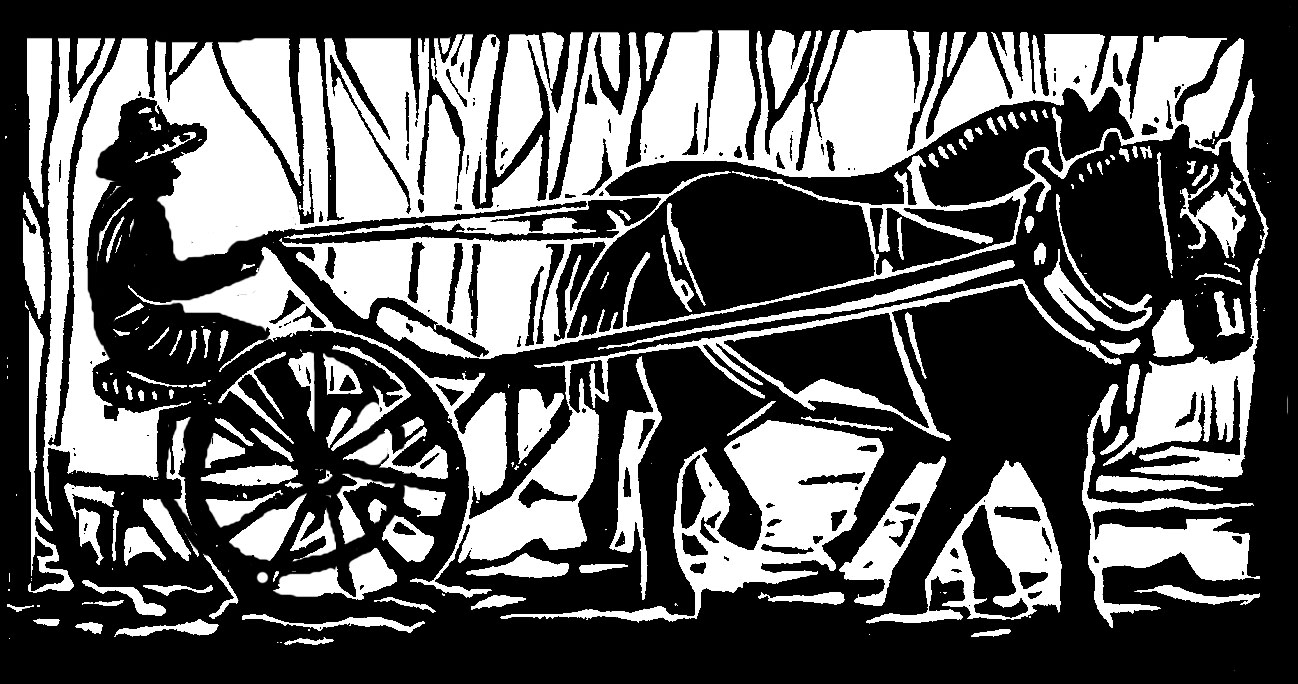It's March on our vegetable farm, and there's a stir in the air. There's a warm breeze, wafting over the ice and mud, and we farmers lift our faces to the sunshine, smelling spring. Spring is surely close by, in March, and even if it isn't quite here yet, our heated greenhouse hollers Spring! Spring! Spring!
Every year we fire up the greenhouse's propane heater on March first. We turn on the heat mats, and we fill up the flats with soil mix, and we open the very first seed packets of spring – the onions, and the scallions, and then the lettuce and the salad greens, and the tomatoes and basil.
We press the tiny black or white or brown seeds into the dirt, trying to press in a little blessing for each seed too, a germinate, grow well, be healthy and happy, and bear much fruit! blessing. It is fine meditative work, there in the warmth and protection and almost-outdoorsness of the greenhouse. We feel the sun, smell the dirt, hear the birds warming up their spring songs. Such peacefulness, such quiet, such good vibes, amongst the seeds, the soil, the farmers . . .
Well, maybe there's not good vibes every minute between the farmers. Because, in the spring, there is a) the one farmer, who likes to meditate in the peace and quiet while sowing seeds, and b) the other farmer, who likes to listen to the radio while sowing seeds, and c) the fact that the radio can't be both off and on at the same time.
A small difference, perhaps, but over the past twenty years of working full-time together, the meditative farmer and the radio farmer have worked through many spring seed-sowing scenarios:
1) Gritting
Two farmers, sowing seeds: One happy farmer, listening to the radio, and one grumpy farmer, gritting her teeth, wishing she wasn't listening to the radio.
2) Longing
Two farmers, sowing seeds: one happy farmer, meditating restfully with bird-song and breeze-song and seed-song, and one slightly restless farmer, longing to turn on the radio and find out what's going on in the big wide world beyond this one little greenhouse on this one little farm in this one little village in this one little state.
3) Wondering
One farmer, sowing seeds: one happy farmer, listening to the radio while sowing, and one slightly restless farmer, working on boring bills and CSA advertising, and wondering what fun she's missing in the greenhouse.
4) Wondering, Take Two
One farmer, sowing seeds: one happy farmer, quietly meditating and sowing, and one very restless farmer, working the last of his winter substitute shifts at the local food co-op (where the radio is playing, but not his station), and wondering what fun he's missing in the greenhouse.
5) Raging
No farmers, sowing seeds: one enraged farmer, who's going out to the greenhouse to join her already sowing fellow farmer, but who discovers that the fellow has gone off to another urgent farm project, leaving the radio blaring, with no person even there to hear it! (Clearly this enraged farmer's meditative efforts aren't quite strong enough: she mutters and curses as she violently unplugs the radio, and then stomps off to find out what the other urgent farm project is.)
6) Yodeling
Two farmers sowing seeds: the meditative farmer, in a fit of tolerance and loving kindness, builds a shelf in the greenhouse for her fellow farmer's radio. The radio farmer, for his kindly part, turns the radio off when the meditative farmer is approaching.
“Here I come,” the meditative farmer yodels cheerfully, “will you turn it off?”
“Did you say 'Turn it up? Turn it up?' All right!” yodels the radio farmer back, laughing a lot at his own funny joke, and unplugging the radio.
The meditative farmer laughs too, and there we are again, another spring, two mostly contented farmers, having occasional bits of conversation, enough to satisfy the restless but not disturb the restful, and sowing the seeds of March together.
Originally published in the Monadnock Shopper News, March 16-22, 2016

